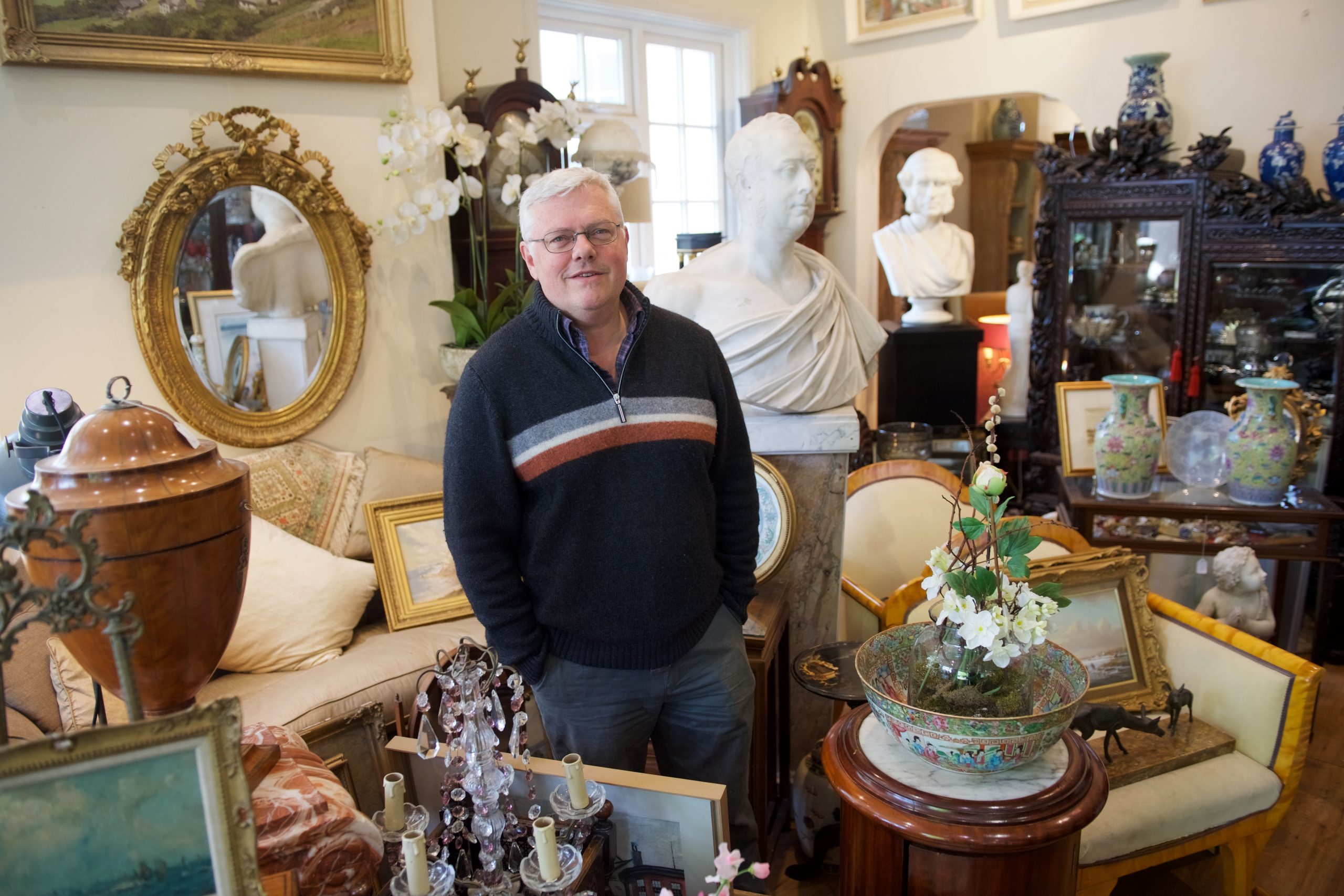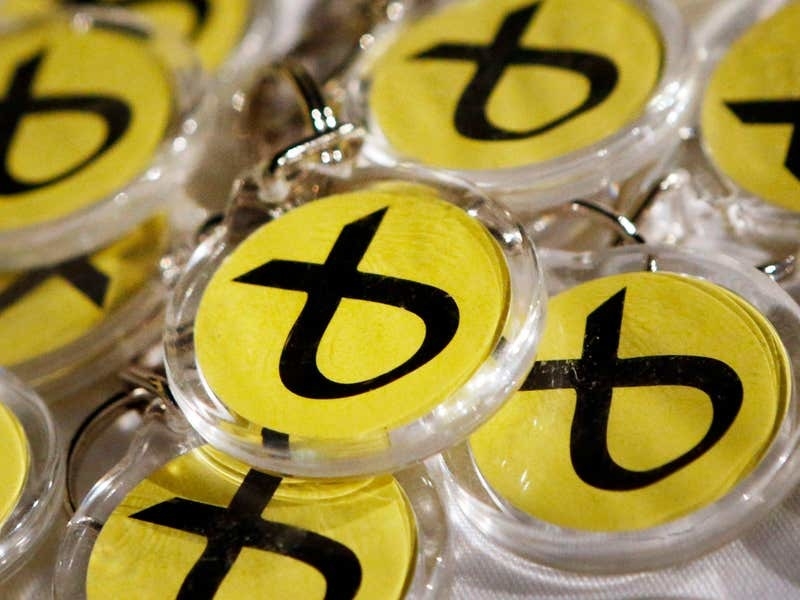By Stephen Cohu of Cohu Antiques
IN the 21st century, with the world’s natural resources being put under ever greater pressure, if you are concerned about your own carbon footprint, then buying pre-owned items must be a consideration.
Including everything from fine antiques to practical second-hand furniture, pre-owned anything comes with a zero-carbon footprint. And, despite preconceptions, many vintage and antique items are now less expensive than buying the new equivalent. So not only are you saving the planet, you are saving money which can only be a win, win situation.
So why is a pre-owned item so environmentally friendly? Well, one reason is that the planet’s natural resources have already been used in its manufacture and transportation. No more trees need to be cut down to make a fine Georgian mahogany chest of drawers or a Victorian fireside chair.
And, although teak forests have been decimated, good teak furniture from the 1950s to 1970s is readily available, good quality, inexpensive – and now very much in vogue. People love the clean designs, particularly of Scandinavian origin, and much mid-century furniture has been copied in recent years by large manufacturers using unsustainable materials and environmentally damaging processes producing inferior-quality items.
A new item of furniture bought from a retail outlet will have a consequence that extends far beyond the fossil fuel used to deliver the item from its production source, often on the other side of the world. And if you trace the production history of every aspect of your purchase, you will often encounter not only deforestation and its consequent release of greenhouse gases but also toxic chemicals used in glues and resins in addition to the fossil fuels used in transportation.
Then, given the disposable world in which we live, where quality construction and longevity are rarely valued, there is the pollution involved in disposing of the item when it outlives its short life. Too many of us no longer buy things with a view of owning them for a lifetime, as people become slaves to the superficial whims of fashion. A good mahogany cupboard may have been around for 200 years and may be around for 200 more. An MDF cupboard will not.
Vast areas of tropical and temperate forests are cleared annually to satisfy the world’s seemingly insatiable desire for hardwood furniture, much of it being a similar brown to currently largely-ignored antique equivalents. And, while timber is often certified to come from sustainable sources, too often entire ecosystems have been destroyed to create these ‘sustainable’ forests.
Much cheap modern furniture is made from what has become known as particle board. You take a solid wood tree, turn it into woodchips, glue it all back together with a laminate to make it look like wood again and create flimsy throwaway furniture that lasts a few months if you are lucky. Cheap short term but costly in just about every way long term.
We all have to take responsibility to protect our world’s resources for future generations and not only does this relate to being careful when buying products but also thinking about how they are disposed of. These days, little consideration is given to the re-usable potential of items no longer needed or wanted. Every day there are queues of people lined up to toss perfectly good pieces of furniture and just about everything else into the skips at La Collette. Many of these items could be donated to charity shops to find a deserving new home so think before you chuck.
Surely we have to ask ourselves why we have become such a throw-away society. Our grandparents, who lovingly cared for and cherished their household possessions for their entire lives, would be horrified to see them all end up in a skip.
Now, when these houses are cleared, this is often where these things will end up with no one wishing to inherit and become custodians of old stuff. Back in the day, hand-me-downs were the norm and people loved to be given stuff to start their lives as independent beings, things for the ‘bottom drawer’. Things are beginning to change, with many of our younger customers and plenty of older ones, who previously had no interest in antique or vintage items, beginning to appreciate the impeccable green credentials of pre-loved items.
So if you’re looking for an easy win, look no further. Don’t thoughtlessly dump unwanted possessions and do look at buying pre-owned treasures – the ultimate reusables, recyclables and resaleables.






